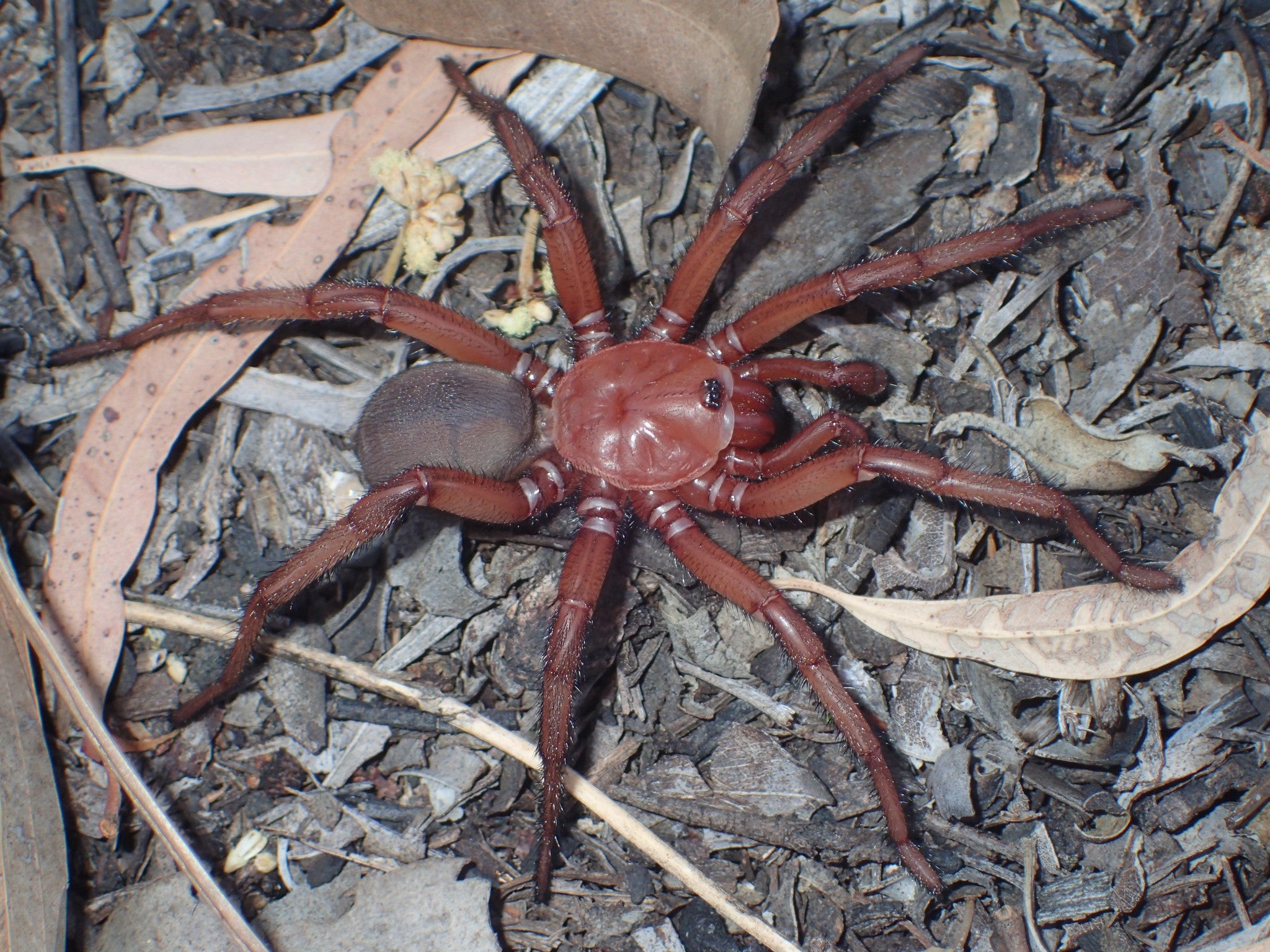New giant species of spider that makes trapdoors discovered in Australia
The so-called trapdoor spiders are found only in Queensland and build “trap doors” out of leaves to prey on insects
Your support helps us to tell the story
From reproductive rights to climate change to Big Tech, The Independent is on the ground when the story is developing. Whether it's investigating the financials of Elon Musk's pro-Trump PAC or producing our latest documentary, 'The A Word', which shines a light on the American women fighting for reproductive rights, we know how important it is to parse out the facts from the messaging.
At such a critical moment in US history, we need reporters on the ground. Your donation allows us to keep sending journalists to speak to both sides of the story.
The Independent is trusted by Americans across the entire political spectrum. And unlike many other quality news outlets, we choose not to lock Americans out of our reporting and analysis with paywalls. We believe quality journalism should be available to everyone, paid for by those who can afford it.
Your support makes all the difference.A super-sized species of spider that makes trapdoors has been discovered in Australia by researchers.
The so-called trapdoor spiders are found only in Queensland and build “trap doors” out of leaves to prey on insects.
The spiders typically measure about 1.5cm, and up to 3cm for male trapdoor spiders, while female members of the species can live for over 20 years in the wild and grow up to 5cm long.
The newfound species is named Euoplos dignitas, and was discovered in the semi-arid woodlands of the Brigalow Belt, a region in central Queensland.
The new species is not dangerous to humans.
Much of the habitat of trapdoor spiders has been lost due to land clearing, making it likely to be an endangered species, scientists said.
Euoplos dignitas is a Latin translation of diversity or greatness, reflecting the “impressive size and nature” of the spider, said scientists from the Queensland Museum, which discovered it.

The species lives in open woodland habitats, building its burrows in black soil.
Female members of the species spend their lives underground, while males leave to find a mate in another burrow after five to seven years.
Only a single female specimen of the species has been submitted to the Queensland Museum since the 1960s, the scientists said in a study published in the Journal of Arachnology.
A three-day search in May 2021 revealed just one population along several hundred metres of a roadside verge, with most available habitat cleared for agriculture and stock.
The continuing decline of such habitats may render the species “critically endangered” in the future, they said.
The biggest spider in the world, commonly known as the goliath birdeater, has a body length of about 13cm and a leg span of 30cm - larger than the size of a dinner plate.
Meanwhile, in January researchers from Berlin University found that some young sea spiders can regrow their rear ends - including muscles, reproductive organs and the anus - or make do without them.
Professor Gerhard Scholtz, the lead researcher behind the breakthrough, said: “Nobody had expected this”.




Join our commenting forum
Join thought-provoking conversations, follow other Independent readers and see their replies
Comments